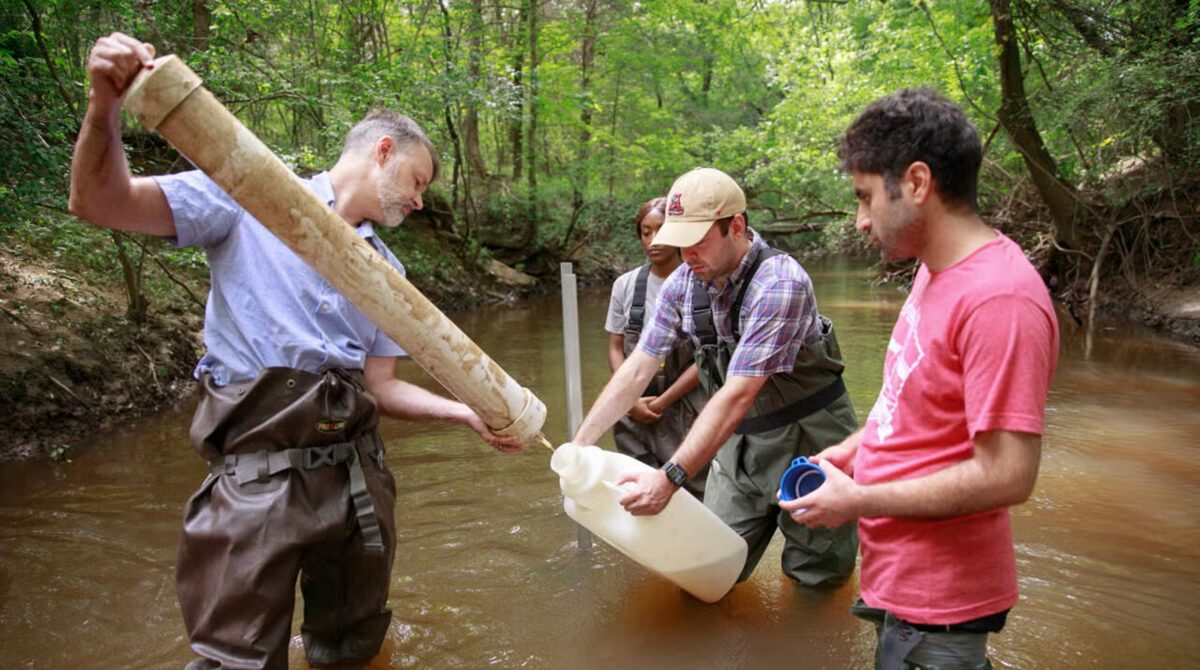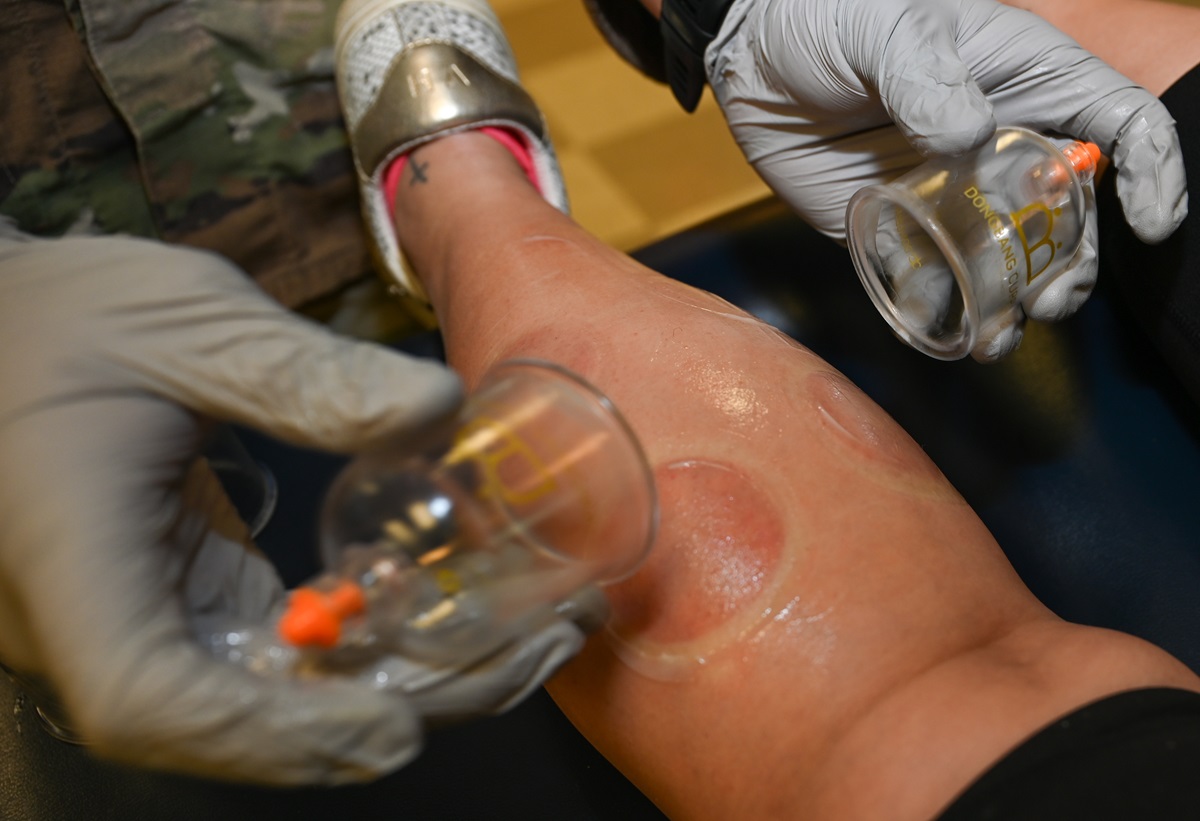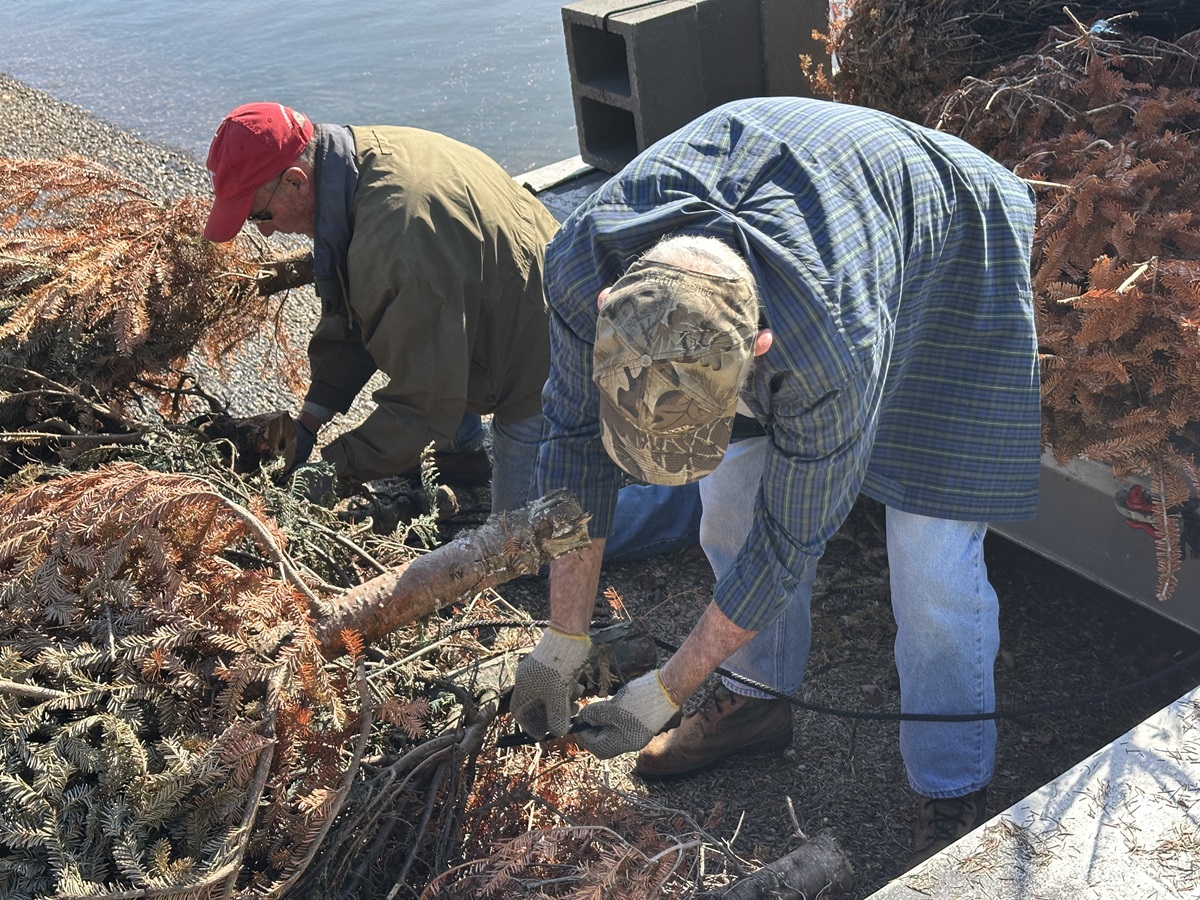On this day in Alabama history: Vulcan’s torch turns green for the first time

Photo of Vulcan with his neon "torch", from a Jefferson News Company postcard. (Bhamwiki)
Oct. 23, 1946
Vulcan’s torch was lit at a dedication ceremony on Oct. 23, 1946, and remained green for nine days. It then turned red, for the first time alerting citizens of a vehicular fatality when a woman died in a wreck at Birmingham’s Southside.
R. Paul Moon, who chaired a Jaycees safety committee, got the idea of using a color-coded beacon as a highly visible safety signal. The neon light would remain green until a fatality, then would turn red for 24 hours as a warning to others. It was decided that allowing Vulcan to be the bearer of the news would “combine high visibility with the sculpture’s Olympian authority.”
The Alabama Neon Sign Co. designed and engineered the torch. It was installed as part of the Jaycees safety campaign.
Sign company employee Ralph Fesperman scaled the statue without harnesses, causing the Jaycees to fear that an accident could end their safety campaign before began. But Fesperman completed the torch installation without incident.
The torch was popular and received worldwide attention. It led to a significant reduction in traffic fatalities the next year. As a result, the beacon was made a permanent fixture, and a plaque was installed in 1947.
Read more at Bhamwiki.

For more on Alabama’s bicentennial, visit Alabama 200.








